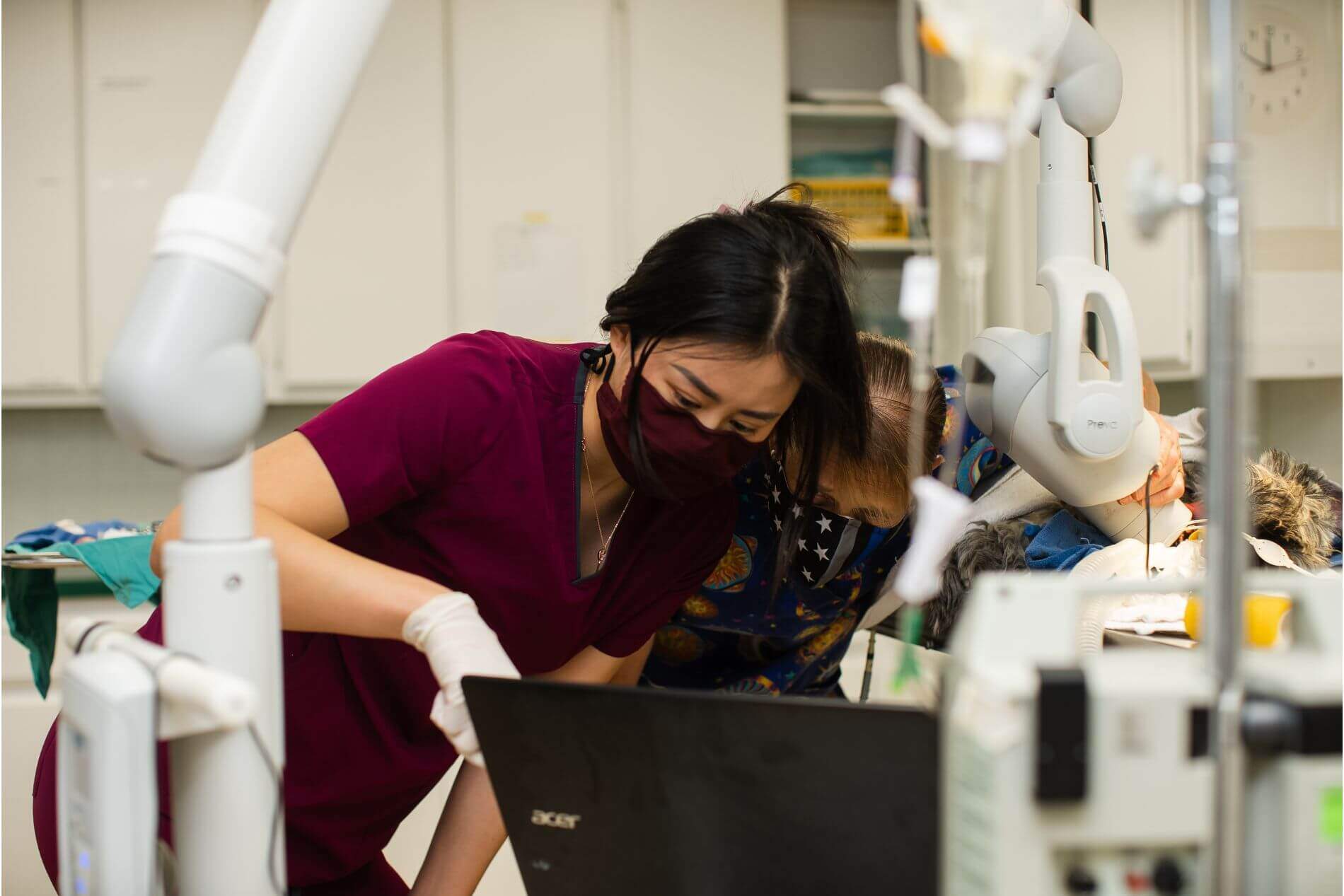.jpg?width=1920&height=1267&name=homepage-banner%20(1).jpg)
Dr. Domotor’s Animal House!
At Dr. Domotor’s Animal Hospital, we are pleased to provide the highest-quality pet care. Scroll below to see more of an offering of our services!
Call us today at 📞626-303-7881
Now Accepting New Patients!
“All staff team members are compassionate, professional, and knowledgeable in their care and treatment of our beautiful fur baby.”
Phyllis B
“I moved out of the area several years ago and I still drive out to see her (50 min. one way), they are that great.”
Dee S.
“If you’re looking for a safe and reliable place to take your beloved pets, no need to keep looking! You found it!”
Rachel I.

Veterinary Services
We offer advanced medical technology and a skilled veterinary team to ensure the best possible care.

Online Pharmacy
WNow you can shop for your pet’s favorite food, medications, and products online by visiting our new online store.
Our Mobile App
With our new app, you’ll be able to access medical records, request an appointment, submit refill requests, and more.
 Veterinary Careers
Veterinary Careers
We’re looking for passionate pet lovers, including doctors, technicians, administrative staff, and management. Join our team and help shape our amazing culture.
Location
Monrovia, CA 91016
Hours
Every Other Sat: 8:00 am - 4:00 pm
Sun: Closed
Get Care
© 2025 Dr. Domotor's Animal House | Privacy Policy





.jpg?width=1900&height=1267&name=Group1%20(1).jpg)


